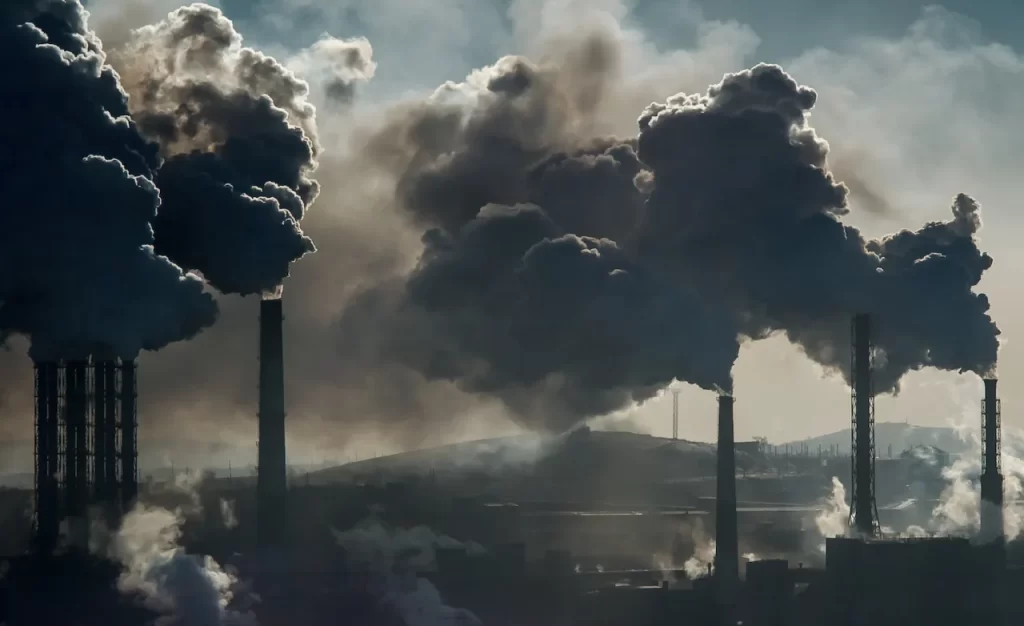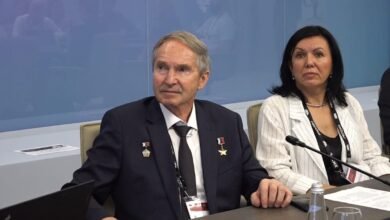“Russia will automatically detect major air pollutants”

A geoinformation system to automatically determine the main atmospheric pollutants and the possibility of their absorption by forest ecosystems is being created by scientists of universities participating in the Yenisei Siberia Research and Education Center. According to the authors, the development after testing in Krasnoyarsk Krai can be implemented in other subjects of the Russian Federation, reported in the project office of the Scientific and Educational Center.
According to the employees of SFU (a participant of the REC), the researchers studied the available official information on anthropogenic greenhouse gas emissions from various sectors of the economy (energy, industrial processes and product utilization, agriculture and waste) from 2018 to 2021.
They then analyzed the carbon balance in all forest ecosystems of Krasnoyarsk Krai, whose forest fund comprises more than 1.5 million km2, based on data from the state forest registry.
According to scientists, all greenhouse gases (e.g., methane or nitrogen dioxide) are recalculated into a single equivalent, which is carbon dioxide or CO2, as the main greenhouse gas in the atmosphere. In this case, the annual total greenhouse gas emissions of the region from energy, industrial processes, use of agricultural products and waste amount to more than 48 million tons of CO2-equivalent, while the value of the annual absorption potential of forest ecosystems in Krasnoyarsk Krai is about 53 million tons of CO2-equivalent.
“With the current state of affairs in various sectors of the economy, the absorption capacity of the region’s forests allows absorbing 100% of anthropogenic greenhouse gas emissions for the territory of Krasnoyarsk Krai,” said Vladimir Shishov, Director of the Institute of Fundamental Biology and Biotechnology of SFU.
According to him, the region can be considered not just carbon neutral, but a net drain (net runoff) of carbon dioxide, as local forests additionally capture about 5 million tons of carbon dioxide from the atmosphere annually in relation to anthropogenic emissions and retain them for a long time.
“The potential of carbon dioxide absorption by forest ecosystems can be significantly increased by designing and implementing so-called forest-climatic projects on the territory of Krasnoyarsk Krai, the regulatory framework for which is now being actively developed by the Russian government,” Shishov added.
According to the authors, the work on the system “Greenhouse Gas Cadastre of Krasnoyarsk Krai” will be carried out within 3 years. As a result, it will be able to automatically identify the main atmospheric pollutants at the level of municipalities, as well as the potential for neutralization of these emissions by local forest ecosystems.
In accordance with the Climate Doctrine of the Russian Federation and the country’s low-carbon development goals until 2060, a unified system for assessing anthropogenic emissions and their absorption by greenhouse gas sinks should be created in Russia. After implementation in Krasnoyarsk Krai, the development can be scaled up in other regions, the first of which will be the Republics of Khakassia and Tyva.
The activity of the Research and Development Center, established on the basis of the Siberian Federal University on the initiative of the Krasnoyarsk Krai, Khakassia and Tuva, is aimed at improving the environmental situation in the region and decarbonizing Russia’s industry. The SPC includes nine universities, five research institutes and 14 industrial enterprises. The research and education centers are created within the framework of the national project “Science and Universities” of the Russian Ministry of Education and Science.








